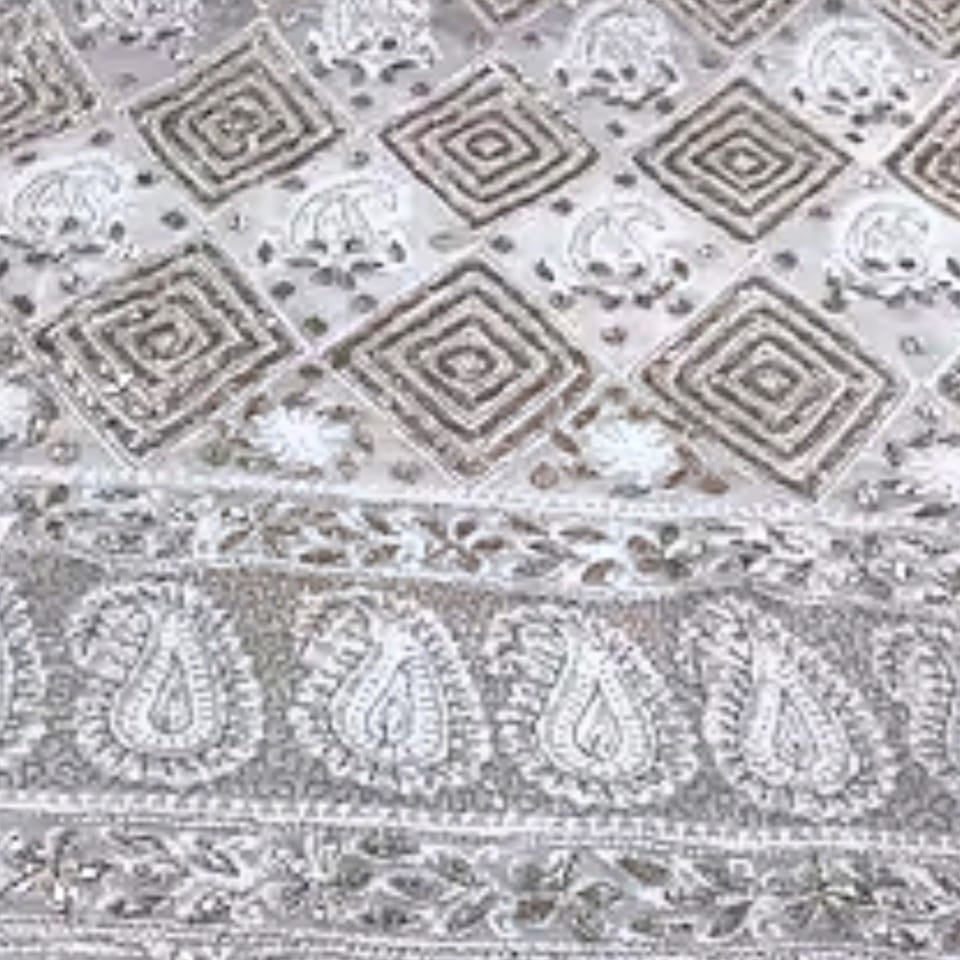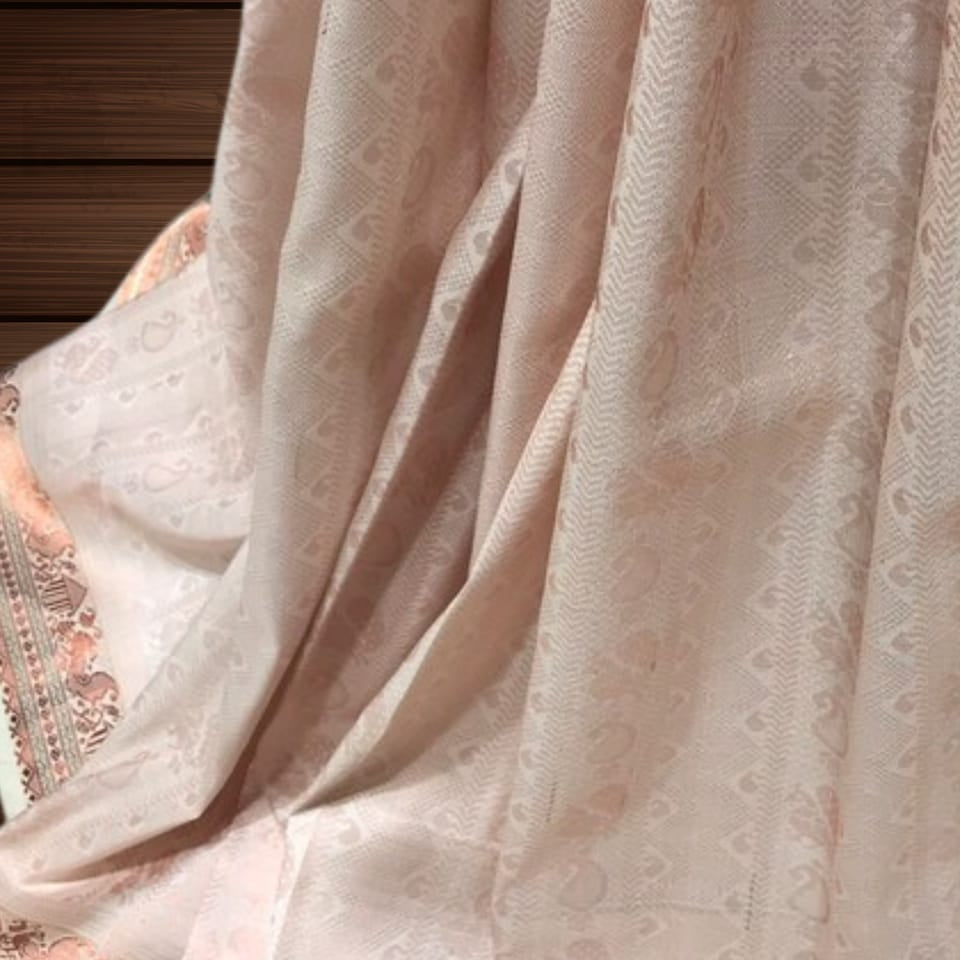
Care Tips for Your 100% Pure Silk Saree
Do's
- Dry Clean Only: Always opt for professional dry cleaning to maintain the fabric’s sheen and integrity.
- Store with Care: Keep your saree in a muslin cloth or cotton bag to allow the fabric to breathe and avoid moisture build-up.
- Air It Out: Periodically take your saree out of storage to air it, preventing any mildew or musty odors.
- Iron with Caution: Use a low heat setting or place a cotton cloth over the saree while ironing to avoid direct heat damage.
- Handle with Clean Hands: Ensure your hands are clean and dry when handling the saree to avoid stains or oil marks.
- Keep Away from Sunlight: Store it in a cool, dark place to prevent discoloration or fading due to prolonged sunlight exposure.
Don'ts
- Avoid Machine Washing: Do not wash your silk saree in a washing machine as it can ruin the delicate fibers.
- No Harsh Detergents: Avoid using strong detergents or bleach, as they can weaken the fabric and strip its natural shine.
- Do Not Hang on Sharp Hooks: Avoid hanging the saree on metal or sharp-edged hangers that can snag or tear the delicate fabric.
- Skip Perfumes and Deodorants: Refrain from spraying perfumes or deodorants directly on the saree as they may stain and damage the silk.
- No Plastic Wrapping: Avoid storing your saree in plastic covers, as they can trap moisture and lead to damage over time.
Style It Your Way

Bengali
Lorem Ipsum is simply dummy text of the printing and typesetting industry. Lorem Ipsum has been the industry's standard dummy text ever since the 1500.

Gujarati
Lorem Ipsum is simply dummy text of the printing and typesetting industry. Lorem Ipsum has been the industry's standard dummy text ever since the 1500.

Nivi
Lorem Ipsum is simply dummy text of the printing and typesetting industry. Lorem Ipsum has been the industry's standard dummy text ever since the 1500.
Master the Saree Drape
Join Our Pure Silk Family
We’d love to hear from you! Share your photos and stories wearing your favorite silk saree. Your journey inspires others to embrace the beauty and tradition of pure silk.
"Your stories are what make us unique!"






